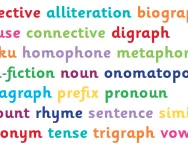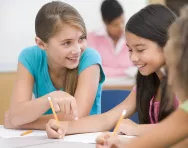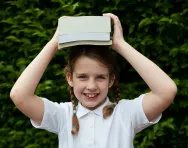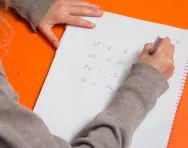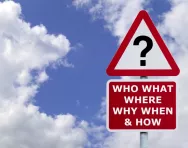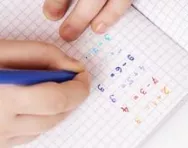Important update from TheSchoolRun
For the past 13 years, TheSchoolRun has been run by a small team of mums working from home, dedicated to providing quality educational resources to primary school parents. Unfortunately, rising supplier costs and falling revenue have made it impossible for us to continue operating, and we’ve had to make the difficult decision to close. The good news: We’ve arranged for another educational provider to take over many of our resources. These will be hosted on a new portal, where the content will be updated and expanded to support your child’s learning.
What this means for subscribers:
- Your subscription is still active, and for now, you can keep using the website as normal — just log in with your usual details to access all our articles and resources*.
- In a few months, all resources will move to the new portal. You’ll continue to have access there until your subscription ends. We’ll send you full details nearer the time.
- As a thank you for your support, we’ll also be sending you 16 primary school eBooks (worth £108.84) to download and keep.
A few changes to be aware of:
- The Learning Journey weekly email has ended, but your child’s plan will still be updated on your dashboard each Monday. Just log in to see the recommended worksheets.
- The 11+ weekly emails have now ended. We sent you all the remaining emails in the series at the end of March — please check your inbox (and spam folder) if you haven’t seen them. You can also follow the full programme here: 11+ Learning Journey.
If you have any questions, please contact us at [email protected]. Thank you for being part of our journey it’s been a privilege to support your family’s learning.
*If you need to reset your password, it will still work as usual. Please check your spam folder if the reset email doesn’t appear in your inbox.
What are mini-whiteboards?
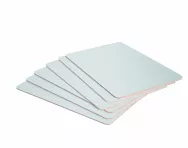
What are mini-whiteboards?
Mini-whiteboards are A4-sized wipe-clean surfaces. Most schools will ensure that each child in a class is provided with a mini-whiteboard and whiteboard pen.
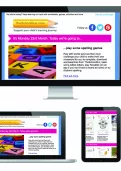
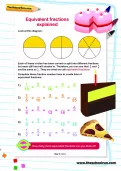
Start a unique learning programme!
- Weekly programme for each school year
- Worksheets sent direct to your inbox
- Keeps your child's learning on track
Mini-whiteboards are usually used during the whole-class teaching part of the lesson. The purpose of them is to ensure that children are properly engaged in a lesson. For example: if a teacher is teaching children how to multiply numbers by 10, they may put three numbers on the board:
4 9 20
and then ask the children to multiply these numbers by 10 on their whiteboards. Using whiteboards means that every child is the class is being asked to engage in an activity. The alternative is that a few children will work out the answer to the above, but many children may not be engaged at all.
A further purpose of using whiteboards is to allow teachers to quickly assess how well their class is grasping a concept. For example: with the above task, the teacher may notice that many children are not able to multiply 20 by 10, so the next step could be to ask a child who can do it to demonstrate how to do this.
Mini-whiteboards may also be used in literacy. For example: if a teacher is carrying out a shared writing session where they are writing about a goblin, they may say that they need some good words to describe the goblin and ask the children to write these on their whiteboards then hold them up.
Mini-whiteboards are a good way of encouraging children who are lacking in confidence to put forward more of their ideas. For example: if a teacher notices a less able or less confident child has written a good word, she or he could point that out to the class and then use the word as part of the shared writing.

